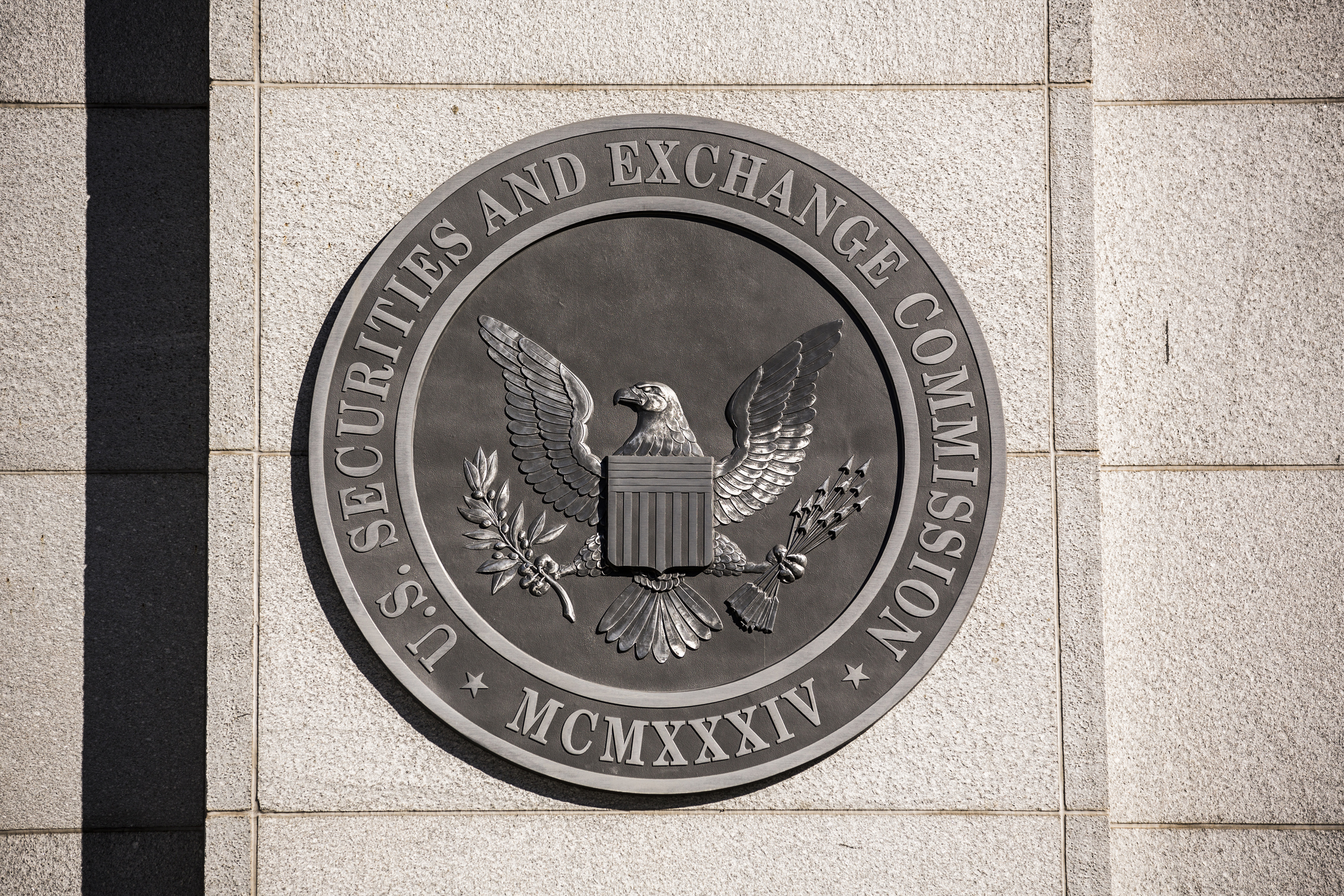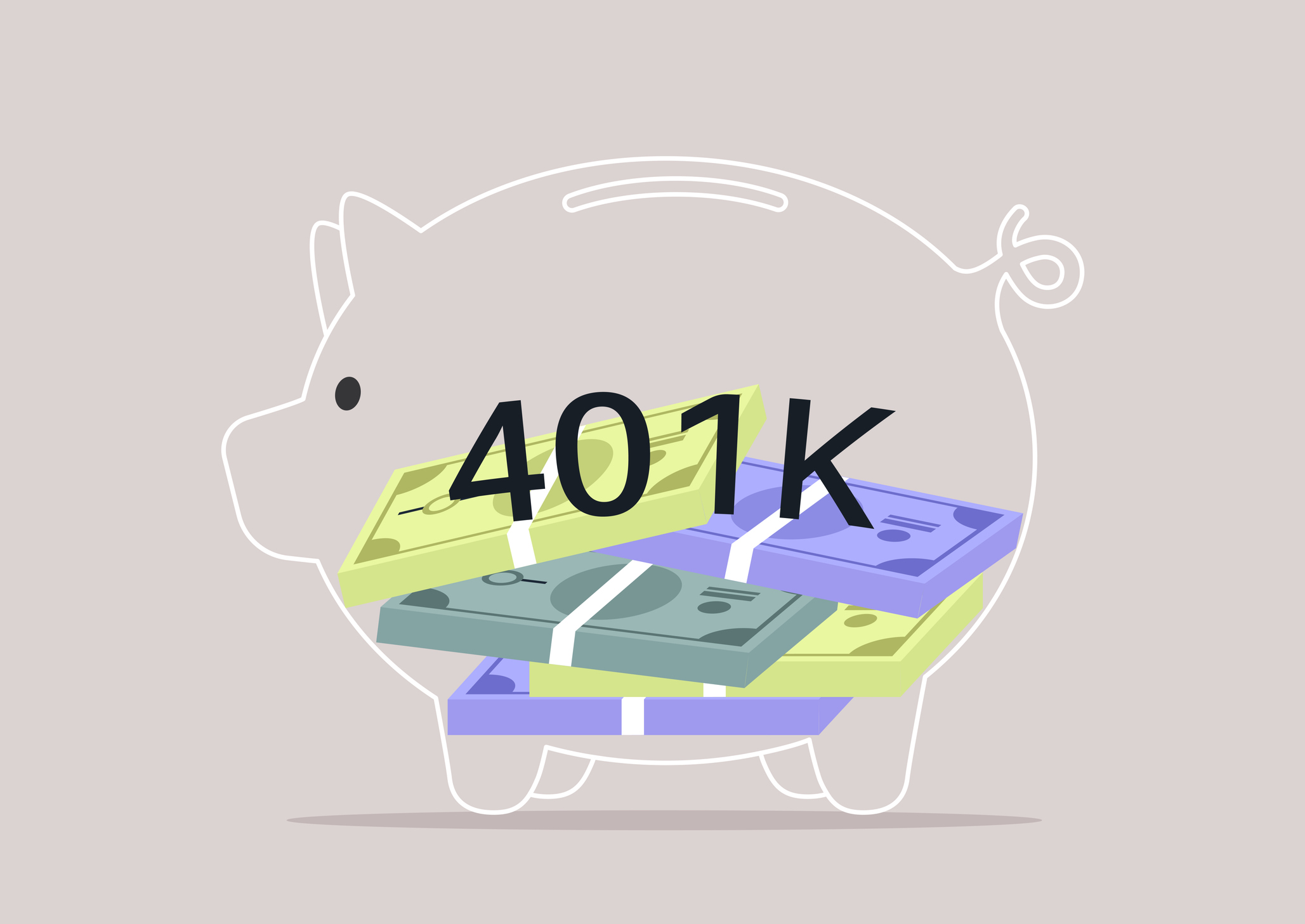What to Know About Leverage and Bitcoin's Meteoric Rise
Leverage in the financial world can lead to astonishing success or a crushing collapse. How are investors using leverage to invest in bitcoin?


Archimedes was a Greek mathematician, physicist and inventor born sometime around 287 B.C. in the Greek colony of Syracuse in Sicily. He is known to this day for his statement: “Give me a lever long enough and a fulcrum on which to place it, and I shall move the world.” The concept of leverage can, of course, be measured with some precision in the physical world, and it is a powerful concept.
But Archimedes never worked on Wall Street, and he wouldn’t recognize what today’s inventors of financial products are doing in the name of leverage. Leverage in the financial world can lead to astonishing success … or a crushing collapse.
Financial leverage
No academic has ever explained the use of financial leverage better than actress Selena Gomez in the movie The Big Short, with a great assist from behavioral economist Richard H. Thaler. In three minutes, these two explain financial leverage in a way anyone can understand. Once you watch that scene, you will want to see the entire exceptional movie and also read the book it’s based on, The Big Short: Inside the Doomsday Machine by Michael Lewis. The book and movie chronicle the collapse of the housing market and related securities that led to the crash of 2008. Why the crash? Leverage run amok.
From just $107.88 $24.99 for Kiplinger Personal Finance
Become a smarter, better informed investor. Subscribe from just $107.88 $24.99, plus get up to 4 Special Issues

Sign up for Kiplinger’s Free Newsletters
Profit and prosper with the best of expert advice on investing, taxes, retirement, personal finance and more - straight to your e-mail.
Profit and prosper with the best of expert advice - straight to your e-mail.
On to bitcoin
So how is leverage rearing its head on Wall Street today? If your answer is “a bet on bitcoin,” the crown jewel of the cryptocurrency universe, you win. Let’s explore how investors are using leverage to invest in bitcoin. Perhaps Archimedes would advise that leverage works best when one stands on solid ground instead of assets that exist in a cloud.
To proceed step by leveraged step:
First, bitcoin itself. It is an asset with no physical presence, no government backing and a value set by an active and very volatile market. You could simply buy a bitcoin or a fraction of one. This can be done, amazingly enough, at grocery store vending machines. But that is only the beginning.
Second, enter a company called MicroStrategy (MSTR). It buys bitcoin, borrowing a substantial portion of the purchase price, a classic use of leverage when one expects the asset purchased to rise. The company then issues more equity shares, selling those shares to investors like … you. And uses the proceeds of the sale of the shares to … purchase more bitcoin. And then it repeats the whole process. MicroStrategy holds about $41 billion in the cryptocurrency. Since it is the bright shiny thing on Wall Street at the moment, investors have pushed up the market value of the company’s stock to $91 billion. People who got in early on MicroStrategy have made extraordinary returns. The obvious question is whether the market value of the stock is sustainable in light of the value of the bitcoin the company owns.
Third, there are “single stock exchange-traded funds,” such as Tuttle Capital Management and Defiance, which seek to offer double the daily return on MicroStrategy stock by using complex derivative contracts, such as instruments known as total return swaps, and options. Thus, another lever. Archimedes would certainly ask if these levers are long enough for the exchange-traded funds (ETFs) to accomplish their goals.
Each of the corporate entities discussed here has made lawyers wealthy drafting the appropriate disclaimers and warnings about volatility, the novelty of the process, regulatory uncertainty about what a bitcoin really is and who should regulate it. One would be wise to actually read those warnings.
You’ve read the warnings and still want to get in the game
Enough about warnings. Enough about risk. You want to get in the game. Fair enough. I would urge you to do so in a fashion that doesn’t make you the poster child for those who put all of their money into this relatively new and exciting investment class and end up living on a friend’s couch when/as/if the bitcoin market has a major correction. So how to get involved before somebody else makes all the money while you are sitting on the sideline? Six considerations:
- Make sure your basic financial life is in order (I am a devotee of The Only Investment Guide You’ll Ever Need by Andrew Tobias).
- Don’t buy anything on a cold call. These people are seeking to make money for themselves, not you, but they can be charming, convincing and, eventually, ruthless.
- Educate yourself. You should never buy a financial product if you don’t have at least a passing idea of what it involves. Be able to explain the investment to someone else. And the one fact you should absolutely understand in this conversation is that leverage works both ways: It does indeed magnify gains, but it also magnifies losses.
- Don’t cross-collateralize your conventional financial assets with bitcoin or any other cryptocurrency. If you don’t understand the preceding sentence, please see the third bullet, above.
- In an account unrelated to your other financial assets, at a separate financial intermediary, put no more than 5% of your liquid assets into the speculative investment you’ve chosen. This should be money you can afford to lose.
- Don’t become obsessed with any investment. Don’t let it take over your life. If your bitcoin investment goes up, be pleased, but consider if you should take your profits, keeping in mind the capital gains tax consequences. If it goes down, consider it the price of an education.
Either way, go outside and watch a few kids play on a seesaw. It is a perfect example of balance and leverage. Archimedes would be pleased.
For more on this topic, see the follow-up to this article, Financial Leverage, Part Two: Don't Say We Didn't Warn You.
Related Content
- What Is Bitcoin Halving and Why Is It Important?
- A Personal Journey Through Cryptocurrency's Ups and Downs
- If Done Right, Crypto Can Lower Risk in Your Investments
- How Bitcoin ETFs are Performing So Far
- Should You Own Crypto if You’re Retired?
Profit and prosper with the best of Kiplinger's advice on investing, taxes, retirement, personal finance and much more. Delivered daily. Enter your email in the box and click Sign Me Up.

Stephen Harbeck served as President and Chief Executive Officer of the Securities Investors Protection Corp., a nonprofit created by Congress to protect customers of failed brokerage firms, from 2003 to 2018. He guided SIPC through the insolvency of Lehman Brothers, the largest bankruptcy in history, the collapse of Bernard Madoff’s brokerage firm, the largest Ponzi Scheme in history, and other major insolvencies. Harbeck retired as President and CEO of SIPC in 2019. Since then, he has acted as a consultant to the Shanghai Financial Court, and Shanghai Jiao Tong University, and is currently a consultant to the Japan Investor Protection Fund.
-
 'Humbug!' Say Consumers, Despite Hot GDP: Stock Market Today
'Humbug!' Say Consumers, Despite Hot GDP: Stock Market Today"The stock market is not the economy," they say, but both things are up. Yet one survey says people are still feeling down in the middle of this complex season.
-
 The SEC Is Concerned for Older Investors and Retirement Savers. Here's What You Should Know
The SEC Is Concerned for Older Investors and Retirement Savers. Here's What You Should KnowThe SEC focusing on older investors, retirement and college savers, and private securities. Here's how those changes impact you.
-
 Vesting, Catch-Ups and Roths: The 401(k) Knowledge Quiz
Vesting, Catch-Ups and Roths: The 401(k) Knowledge QuizQuiz Test your understanding of key 401(k) concepts with our quick quiz.
-
 'Humbug!' Say Consumers, Despite Hot GDP: Stock Market Today
'Humbug!' Say Consumers, Despite Hot GDP: Stock Market Today"The stock market is not the economy," they say, but both things are up. Yet one survey says people are still feeling down in the middle of this complex season.
-
 The SEC Is Concerned for Older Investors and Retirement Savers. Here's What You Should Know.
The SEC Is Concerned for Older Investors and Retirement Savers. Here's What You Should Know.The SEC focusing on older investors, retirement and college savers, and private securities. Here's how those changes impact you.
-
 Vesting, Catch-Ups and Roths: The 401(k) Knowledge Quiz
Vesting, Catch-Ups and Roths: The 401(k) Knowledge QuizQuiz Test your understanding of key 401(k) concepts with our quick quiz.
-
 Why You Should Pay Attention to Company Guidance
Why You Should Pay Attention to Company GuidanceUnderstanding how corporate profit forecasts affect analysts’ estimates and stock ratings can help you make investment decisions.
-
 How to Protect Yourself and Others From a Troubled Adult Child: A Lesson from Real Life
How to Protect Yourself and Others From a Troubled Adult Child: A Lesson from Real LifeThis case of a violent adult son whose parents are in denial is an example of the extreme risks some parents face if they neglect essential safety precautions.
-
 To Build Client Relationships That Last, Embrace Simplicity
To Build Client Relationships That Last, Embrace SimplicityAs more automation becomes the norm, you can distinguish yourself as a financial professional by using technology wisely and prioritizing personal touches.
-
 Client Demand Is Forcing Financial Advisers to Specialize: How to Deliver
Client Demand Is Forcing Financial Advisers to Specialize: How to DeliverThe complexity of wealthy clients' needs — combined with AI and consumer demand — suggests the future of financial planning belongs to specialized experts.
-
 Stocks Rise to the Spirit of the Season: Stock Market Today
Stocks Rise to the Spirit of the Season: Stock Market TodayInvestors, traders and speculators are beginning to like the looks of a potential year-end rally.